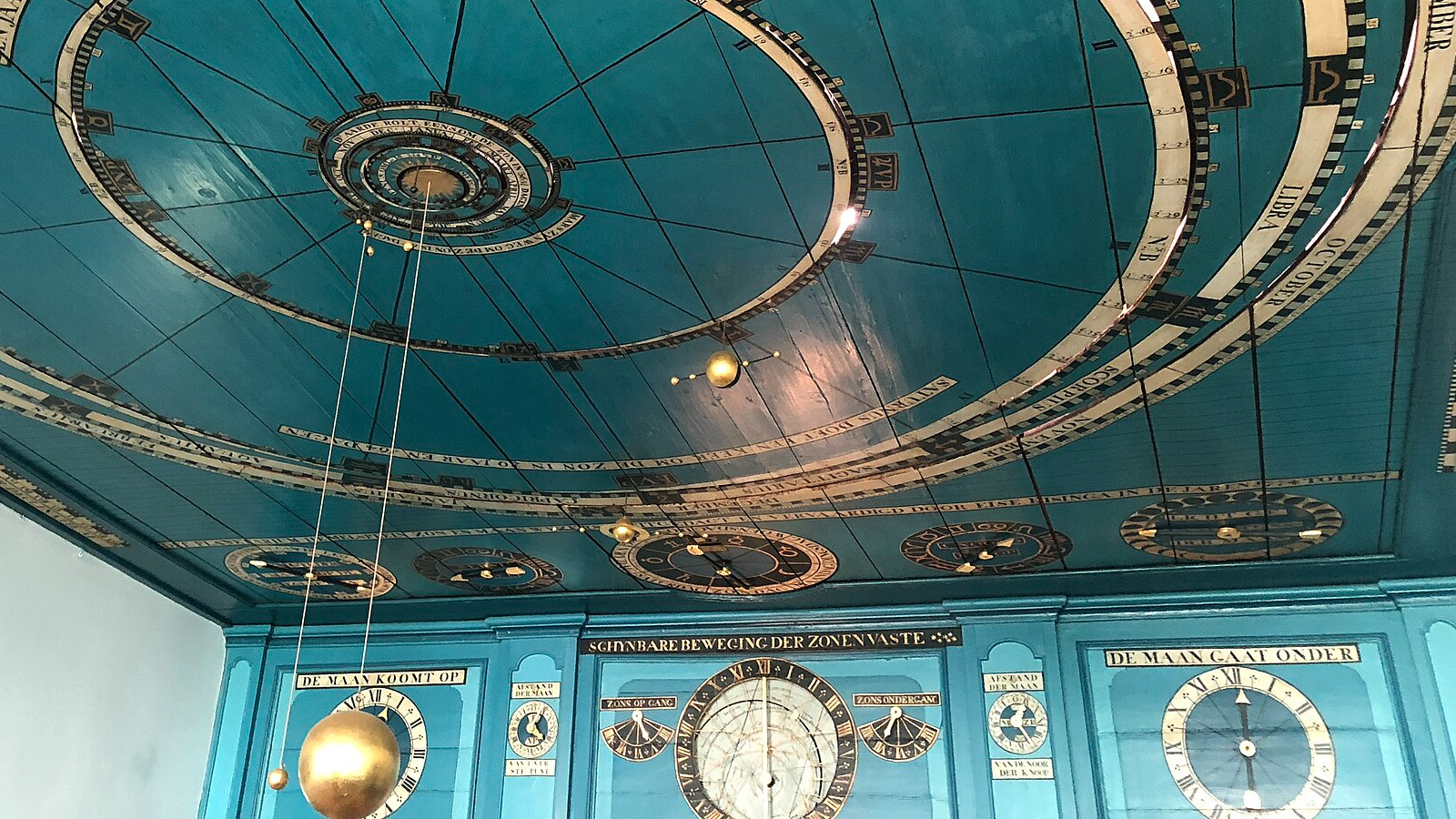The Evolution of Planetariums: A Century of Bringing the Cosmos Indoors

Picture this: a small audience is quietly ushered into a darkened room. They gasp in awe as a brilliant night sky shines above. They wonder—what trickery has made the roof above their heads disappear? This is no illusion but a performance; the stars above are an ingenious projection. For the first time, a public audience experiences the spectacle of the opto-mechanical planetarium. The location is the newly opened Deutsches Museum in Munich, built to celebrate science and technology. The date is May 7, 1925.
Throughout history, cultures around the world have used the stars to help make sense of the world, to understand where we come from, and to determine our place in the cosmos. The desire to recreate the movements of the stars and planets has been a long-standing human endeavor.
From Orreries to Opto-Mechanical Marvels
In the 1700s, the orrery—a clockwork model of the Solar System—was developed. The term “planetarium” was coined to describe orreries that featured the planets. A notable example is the room-sized orrery built by self-taught Frisian astronomer Eise Eisinga, which remains operational today in Franeker, Netherlands.
The quest for a realistic view of the stars and planets intensified in the early 20th century, as light pollution from growing cities diminished the view of the night sky. Oskar von Miller, the first director of the Deutsches Museum, aimed to return this vision to the public. Ironically, von Miller’s earlier career in electrical engineering contributed to the very light pollution he sought to overcome.
One early attempt to simulate the night sky was the Atwood Sphere in Chicago, installed in 1913. This five-meter-wide structure was made of sheet metal perforated with a star map, allowing light to shine through 692 pinholes to replicate the Chicago night sky. The entire structure could rotate to simulate the motion of the stars.
The Birth of the Modern Planetarium
Representing the planets, whose positions change from night to night, presented a new challenge. Von Miller and his colleagues at the Deutsches Museum realized that fixed holes could not capture the complexity of a moving planet. The solution was projection, leading to the creation of a new kind of planetarium.
The task of building such a device was given to the German optical company Carl Zeiss AG. After many setbacks, their first planetarium projector was completed in 1923, with the inaugural performance at the Deutsches Museum a century ago. Planetariums quickly became a public sensation, spreading worldwide. The first planetarium in the United States opened in Chicago in 1930, and the first in Asia opened in Osaka, Japan, in 1937.
By the 1960s, during the Space Race, the popularity of planetariums surged, particularly in the United States.
Australia’s oldest operating planetarium, the Melbourne Planetarium, has been managed by Museums Victoria since 1965. In Aotearoa New Zealand, Auckland’s Stardome Observatory has been in operation since 1997. The longest-running planetarium in the southern hemisphere is in Montevideo, Uruguay, operational since 1955.
The Digital Revolution and Beyond
The opto-mechanical planetarium projector remains a technological wonder. Individual plates, perforated with pinholes, are illuminated by a bright central light. Separate lenses focus each projection from one of these star maps to fill the entire dome with about 5,000 stars. The Sun, Moon, and planets have separate projectors driven by gears and rods that mechanically calculate their positions in the sky for any time or place.
By the 1990s, a digital revolution had begun. With the advent of computers, the positions of the planets could now be calculated digitally. The Melbourne Planetarium became the first digital planetarium in the southern hemisphere when it installed the Digistar II in 1999. This system, developed by computer graphics company Evans and Sutherland, replaced the multiple lenses of earlier projectors with a fisheye lens. A single beam of light swept across the whole dome, creating a seamless image.
The trade-off for a less crisp starfield was a 3D database with more than 9,000 stars, allowing audiences to fly through space far beyond the Solar System.
Today, most planetariums operate through video projection. Known as fulldome, the output from multiple projectors is blended together to create a seamless video, transforming the planetarium into a sophisticated 360-degree theatre.
A Gateway to the Stars
Astronomy has also evolved over the last century. Just as Zeiss was completing its first projector, astronomer Edwin Hubble discovered that other galaxies exist beyond our Milky Way galaxy. The stars shown on the dome in Munich in 1925 turned out to be just a tiny part of the universe we know today.
Planetariums’ digital systems now incorporate data from telescopes and space agencies globally. Audiences can fly off Earth, orbit the planets and moons of the Solar System, and explore the billions of known galaxies.
Yet some things have not changed. From orreries and lantern slides to opto-mechanical and digital planetariums, the communication of astronomy has always been about more than just the latest scientific results. The power of the planetarium over the last 100 years has been its ability to evoke wonder and awe, tapping into our enduring fascination with the vast mystery of the night sky.






